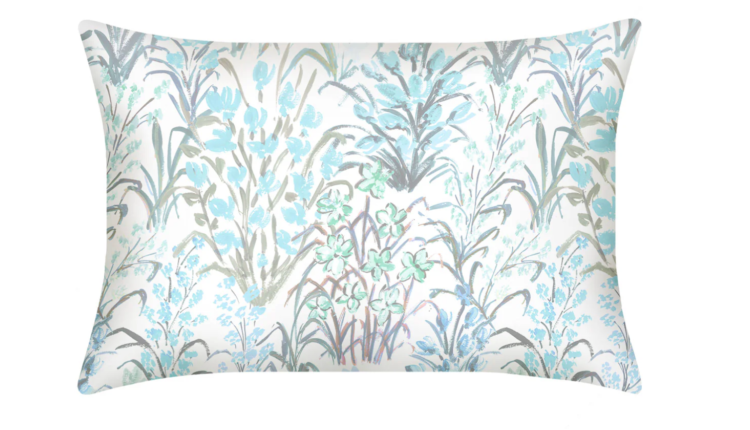Sustainable Fabrics: Why Many Experts Consider Mulberry Silk An Ethical Choice
With environmental concerns remaining a pertinent issue and an important factor in purchase decisions, many consumers have begun looking for alternatives to conventional products on the market. In the textiles industry, this means buyers are increasingly on the lookout for materials that are sourced or produced with minimal impact on the environment.
Silk is one fabric that has been garnering interest, according to Mayfairsilk and other experts. Despite being considered a luxury good, silk bedding is growing in popularity for its eco-friendliness, corroborating a PwC report that found that consumers are willing to pay 9.7% sustainability premiums on ethically sourced goods, even amidst higher costs of living and inflation.
The Environmental Benefits of Silk
Silk is known to be less environmentally intensive to produce than other textiles, generating significantly lower emissions compared to cotton; one study indicates an 800-fold reduction in carbon per pound of fabric. This is because silk production uses significantly less energy than cotton and synthetic textiles and often relies on renewable resources for energy generation.
Moreover, traditional sericulture operates as a circular system: mulberry trees are cultivated without synthetic pesticides or fertilisers, silkworms are fed exclusively on the leaves, and organic waste is repurposed as livestock or aquaculture feed. The wastewater also undergoes treatment, and sericin extracted during processing is incorporated into cosmetics and pharmaceuticals, ensuring minimal waste throughout the production cycle.
Additionally, more mulberry silk producers have begun adopting eco-friendly dyeing techniques with non-toxic materials, further reducing chemical use and any adverse impacts on water quality.
Health Benefits of Silk
Beyond its more sustainable production processes, silk also offers numerous benefits that make it conducive to a comfortable sleeping environment when used for pillowcases. The fabric wicks moisture rather than absorbing it, a characteristic that helps preserve the skin’s natural oils and reduces the formation of wrinkles; it’s also hypoallergenic, as it is naturally resistant to dust mites, mould, and mildew, making it suitable for individuals prone to allergies or skin sensitivities. For hair, the smooth surface minimises friction, reducing breakage and helping to maintain hydration, improving overall hair health.
Choosing Ethical Vendors
When purchasing silk pillowcases, experts advise consumers to look for OEKO-TEX Standard 100 certification, which confirms that the material is free from harmful chemicals and dyes. These products are suitable for both individuals with sensitive skin and those with environmental concerns, as the bedding can be safely composted at the end of its lifespan.
Mayfairsilk adds that customers looking for higher-quality pillowcases should choose products with a high momme rating, as they are more durable and often feel softer. The added longevity ensures that buyers will not have to replace their products as often, saving them money and reducing the waste they generate.


